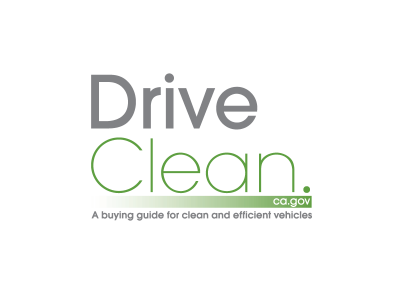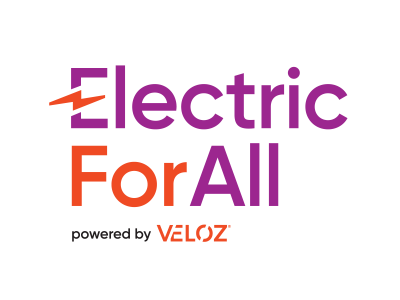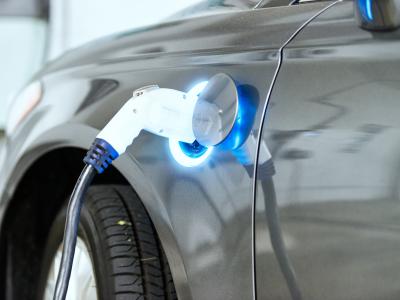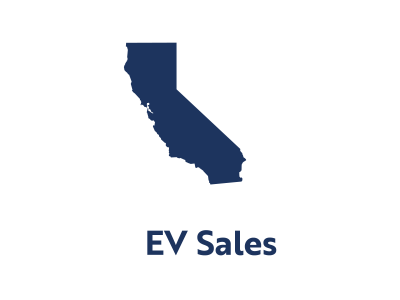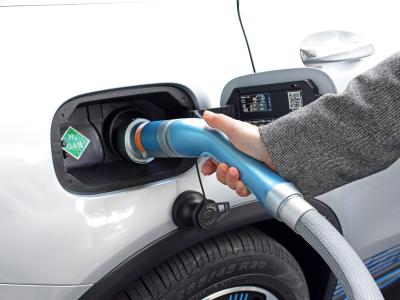Complementary Policies & Programs
Guiding Documents
ZEV Market Development Strategy
A guiding strategy that helps California collectively move forward and deliver zero-emission benefits to all Californians. It outlines how key state agencies and stakeholder groups can move together with the scale and speed required to reach the state’s zero-emission vehicle targets.
2020 Mobile Source Strategy
A guiding strategy that identifies the technology and programmatic concepts needed to meet California's criteria pollutant, greenhouse gas, and toxic air contaminant reduction goals from mobile sources.
Climate Change Scoping Plan per AB 32
This plan sets a path for the state to achieve carbon neutrality no later than 2045 and describes the approach California will take to achieve California's greenhouse gas emission reduction goals.
Reports
Assessment of ZEV Programs per SB 498
Report to the Legislature that showcases the complementary incentive, regulatory and supporting programs that support zero-emission technologies in the light-, medium-, and heavy-duty sectors.
Accessible Clean Transportation Options per SB 350
This program studies barriers low-income residents, including those in disadvantaged communities, face to access zero-emission and near zero-emission transportation and mobility options. The Barriers Report presents findings and outlines recommendations to increase access.
Local Government and Community Initiatives
Sustainable Communities and Climate Protection Act per SB 375
Supports the State's climate goals by helping reduce greenhouse gas emissions through coordinated transportation, housing, and land use planning.
Defining Local Government ZEV Readiness
This page defines ZEV readiness and the local government actions that facilitate it.
Community Air Protection Program per AB 617
The program focuses on reducing exposure in communities most impacted by air pollution through air monitoring and emissions reduction programs and funding incentives.
Interagency Coordination
CA Energy Commission Clean Transportation Program
Provides funding to support innovation and accelerate the development and deployment of advanced transportation and fuel technologies.
CA Public Utilities Commission Transportation Electrification
The California Public Utilities Commission (CPUC) plays a critical role in advancing and achieving California's zero emission transportation targets.


